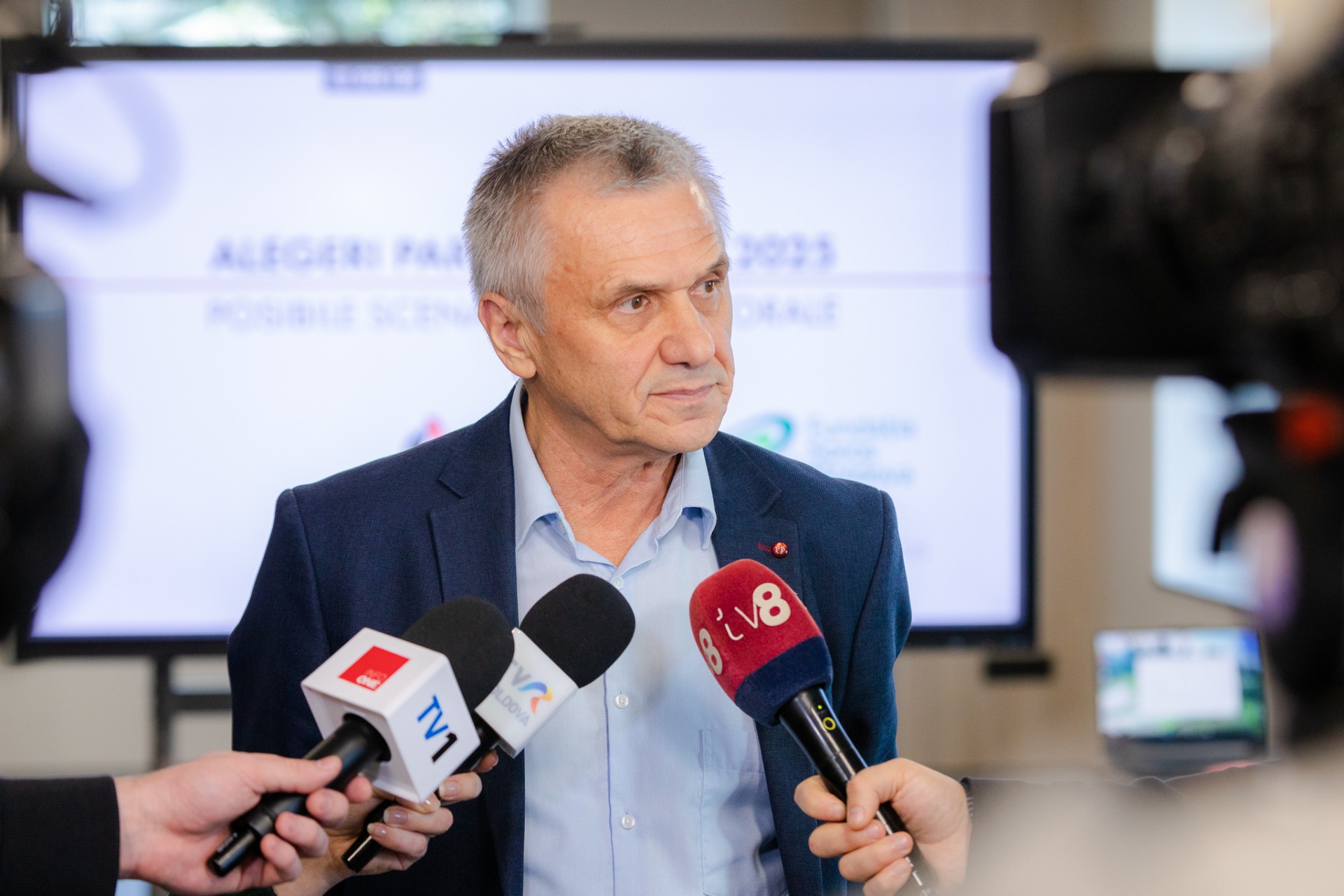ADEPT has outlined possible post-election scenarios: the September 28, 2025 vote — either a confirmation of the European path or a slide into a “grey zone.”

The Association for Participatory Democracy ADEPT has launched the analytical note “Parliamentary Elections 2025 – Possible Post-Electoral Scenarios,” prepared within the framework of the project “Informed Choice 2025” with the support of the Soros Foundation Moldova. The document was presented and discussed at ADEPT’s Press Club, bringing together journalists and experts from various fields.
The analysis seeks to provide a structured and objective assessment of eight possible scenarios regarding post-electoral configurations in the Republic of Moldova. Through this approach, ADEPT supports voters in understanding the risks and opportunities associated with the election outcome, while facilitating informed debate among competitors in anticipation of challenges that could affect the country’s political stability, security, and European trajectory.
Modeling based on electoral precedents, opinion polls, and diaspora voting suggests an indicative distribution of mandates: PAS – 47, BEP – 35, BEA – 10, PN – 9, with possible variations depending on voter mobilization and the impact of external influence on the elections.
The note identifies likely governance formulas based on a compatibility matrix around six key themes: foreign policy orientation, national symbols, the Transnistrian conflict, energy independence, neutrality, and justice reform.
Possible post-electoral scenarios include:
-
Single-party government – likely
-
PAS – plausible but not guaranteed: continuation of European integration and advancement of reforms with EU support, consolidation of security and energy independence. Governance would remain exposed to external pressures, with risks to the implementation capacity of its platform.
-
BEP – less likely: risk of halting the European path, pro-Gazprom energy realignment, temptation of “camouflaged federalization,” and internal tensions.
-
Two-party coalitions – most plausible
-
PAS + BEA (medium probability): maintaining a pro-EU course but at a slower pace; difficult negotiations on justice, energy, and the Transnistrian conflict; potential interpersonal frictions.
-
PAS + PN (moderate probability): pro-EU continuity with deceleration; divergences on governance structure, justice, and socio-budgetary policies.
-
BEP + BEA (moderate probability, fragile stability): risk of a “Georgian model” with a pause in EU integration, eastward reorientation, and economic and reputational costs.
-
BEP + PN (less likely): would require additional support; similar risks of an eastward shift.
-
Three-party coalitions – only theoretically possible, but fragile.
-
Government formation deadlock: improbable, but could lead to early elections and heightened polarization.
-
Destabilizing scenario: fueled by protests and the infrastructure of the “Șor network,” requiring institutional preparedness.
The analysis confirms that the political future of the Republic of Moldova depends not only on the numerical outcome of the elections but also on how external risks, voter mobilization, and institutional capacity to respond to hybrid challenges are managed. The most probable scenarios involve two-party coalitions, with direct implications for the country’s European direction and internal stability.
The post-electoral scenario analysis is part of the “Informed Choice 2025” project, implemented by the ADEPT Association with financial support from the Soros Foundation Moldova. The content and opinions expressed are solely those of ADEPT and do not necessarily reflect the position of the donor.
